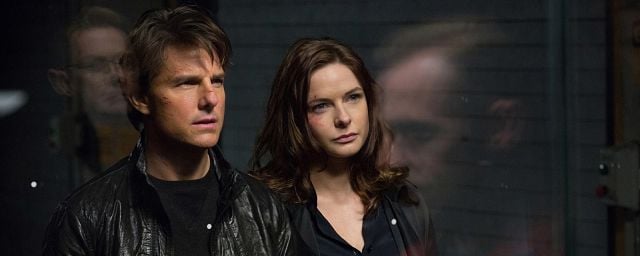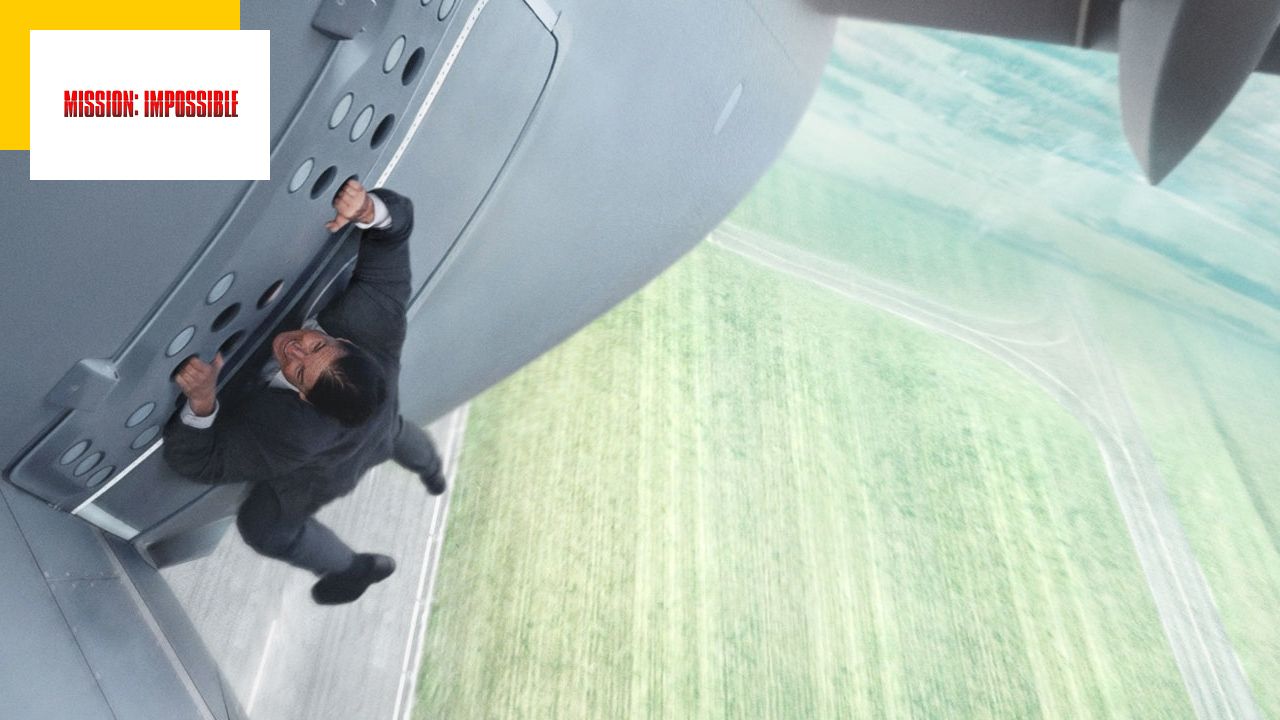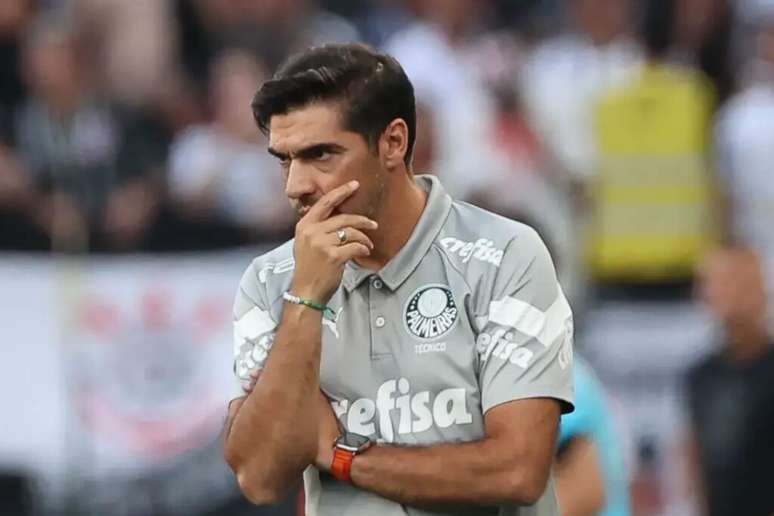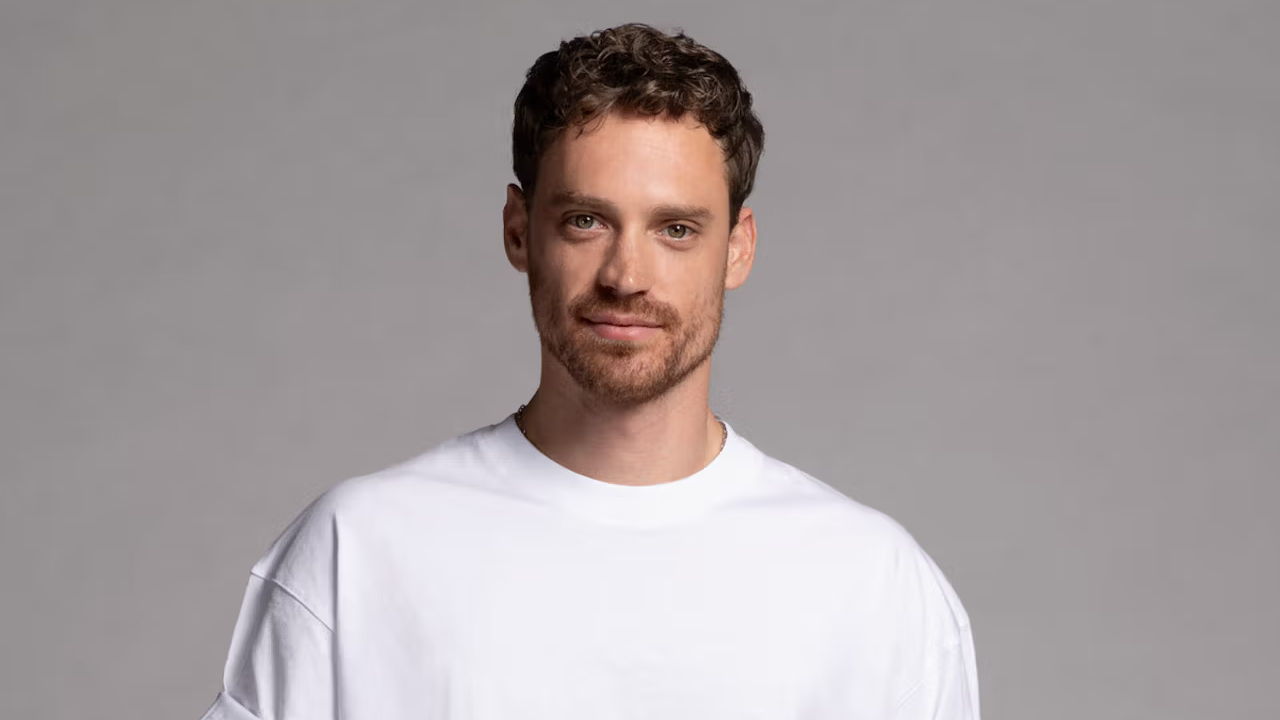The release of “Mission: Impossible – Dead Count Part 1” is fast approaching. Finally, after many postponements due to COVID. Await Ethan Hunt’s return to cinema, inviting you to revisit his previous opus, from the staging style to the themes, highlights.
- Mission Impossible: When Tom Cruise first breathed on us
- Mission Impossible 2: When Tom Cruise rode a motorcycle under his feet
- Mission Impossible 3: When Tom Cruise met the saga’s best villain
- Mission Impossible 4: When Tom Cruise made us dizzy
A booster shot session continues with episode five, directed by Christopher McQuarrie, featuring Tom Cruise performing one of the franchise’s craziest stunts and featuring Rebecca Ferguson on stage – SPOILERS ALERT!!!
A follow-up to Mission: Impossible III created by JJ Abrams, Rogue Nation is a continuation of the previous episodes on a narrative level, but also behind the scenes. The screenwriter of Valkyrie and Edge of Tomorrow, in addition to working as a script doctor on Ghost Protocol, Christopher McQuarrie became Tom Cruise’s preferred partner in the 2010s, cementing that status by directing Jack Reacher.
So it wasn’t too surprising to see him direct Ethan Hunt’s new adventure. A specialist in thrillers, despite a few forays into fantasy and SF, it creates a more subterranean adventure than the previous one, where Brad Bird tried to push the boundaries of the impossible.
So for Christopher McQuarrie, the hero’s return to Earth after his exploits in Ghost Protocol … and the opening scene of Rogue Nation , which sees the actor take off at the same time as the plane he’s on, is key. Flying. Hanging.
Out of nowhere he appears as a superhero. Superman, who came to save a bad situation and is capable of similar aerial exploits. An intro that reconnects with the quasi-cartoonish side of Ghost Protocol, the better to get away from it later.
And establishes one of the rules of the director in the saga: this desire to evacuate as quickly as possible the big stunt of the film, on which much of the promotion was based, and then move on to serious matters.
In addition to introducing the mission on vinyl that Ethan will have to accept as well as the antagonist, the next scene thus functions as a note of intent. through the mouth of his hero, who declares that he is looking for “classic” Among the entries offered to him, the director and screenwriter says he wants to reconnect with the spirit of the original series of the 60s and the spy movies of the time.
Without denying the current technology it offers a place to choose, despite a surprising quasi-refusal to integrate gadgets into history. It was as if the man and the coils of the plot were more important than the action in his eyes. “I’ve heard stories: can’t they all be true?”– says the young recruit full of excitement when he meets Ethan on the same stage.
A question that could also refer to Tom Cruise and the crazy stunts he performs without learning, and to which the hero does not really answer, leaving the interlocutor to decide between reality and legend, a precious opposition for John Ford in L’. The man who shot Liberty Valance. A legend that Christopher McQuarrie subverts on several levels.
Physically to begin with, as most of the action scenes end with the spy missing: holding the package he just took on the plane, his head upside down, after the return of the car he was piloting, his head towards the tarmac. An unsuccessful slide on the hood of a machine, his nose in the sand after a fall on a motorcycle, or even dead and resuscitated after a long apnea session.
“Gentlemen, this is Solomon Lane. Mr. Lane, this is the International Monetary Fund.”
It is difficult for him to suffer more than in this scene, which brings Jack Bauer closer, another agent who has repeatedly returned to life and is constantly accompanied by death. And this physical challenge goes hand in hand with the more psychological challenge presented to him by the Syndicate, a group of dissident spies briefly mentioned at the end of Ghost Protocol.
But above all, it’s featured in the 1966 series, which McQuarrie honors by bringing it to the big screen and offering a new lead in the person of Solomon Lane (Sean Harris).
Like Ethan, who is a double negative, his reputation precedes him, as a terrifying legend unfolds before the man and his nasal voice. A former member of the British Secret Service, he clearly represents what could become a hero, driven by darker intentions and deprived of the family around him.
Fortunately for the damned
A family in which we meet the regular members (Benji Dunn, Luther Stickel and William Brandt) to welcome a newcomer who is none other than the most interesting character in the saga since Ethan. Probably because she quickly reveals herself to be just like her female counterpart, except she’s incredibly badass and charismatic.
It’s Ilsa Faust (Rebecca Ferguson), who sold her soul to the devil by infiltrating Solomon Lane’s camp over and over again. Like his American alter ego, a member of the International Monetary Fund whom the CIA wants to arrest, he is officially part of MI6 but develops as a free electron following his own plan to return to his past life.
In the film where the term “Snape” of the title, which also means “dissident” that “alone”It applies both to the villain and to both, who are no longer recognized in any government or entity.

Ethan and Ilsa, two cursed souls
Only able to rely on each other without letting go of their feelings because of the paths they have chosen, Ethan and Ilsa highlight a dimension that is both romantic and tragic of someone who can climb the tallest tower in the world and achieve the craziest exploits, yet still remain human, mortal, which often worries the elders and which happiness never ceases to deny.
An aspect through which Rogue Nation’s greatest power is embodied. Because if the action scenes are packed with efficiency that can’t be questioned, of course Christopher McQuarrie focuses a lot of his efforts on the characters and their interactions. It is no coincidence that the most successful scene is in the background of the Vienna Opera “turandot”which hinges on Ethan and Ilsa’s choices of what forms the backbone of the narrative.
An absolutely brilliant sequence in the way it manages the tension, leading up to a shot that feels like release, and in which McQuarrie perfectly pays tribute to Alfred Hitchcock’s The Man Who Knew Too Much, a director who never fails to inspire them again. The saga began in 1996, when we also think of the chained in the face of the relationship between Ethan and Ilsa. And not only because Rebecca Ferguson is as Swedish as Ingrid Bergman.
Christopher McQuarrie takes a less soulful and pragmatic direction than Brad Birdie about his love of 50s and 60s detective cinema, playing more on suspense than tension, despite a few props and shortcuts that make the film a bit of a drag. thought And in that the characters put the story before the action with timeless accents.
Hence this anti-spectacular finale, which relies entirely on staging and editing, and celebrates the resurrection of the IMF, evidenced in the final sequence, during the fall of Solomon Lane. Trapped in a bulletproof cage, he witnesses the triumph of Ethan and his values, but the hero’s victory is not over.
Because he can’t follow Ilsa, who is now free after her role in the Syndicate, and the hug between the two heroes seems like scant consolation for those whose lives are forever tied to espionage and its dangers. And even if “You know where to find me” Rebecca Ferguson’s words sound like a note of hope, and in 2015 the door is open for future comebacks.
More classic than its predecessor, though it’ll age a little better, Mission: Impossible – Rogue Nation proves the franchise’s good form and its status as an experimental field for filmmakers, even if Tom Cruise seems to have balked at the idea. Big directors like Brian De Palma and John Woo were hired at the time.
That doesn’t stop the episodes from showing a lot of character, and Christopher McQuarrie makes his mark more through the screenplay, his core profession. Clearly pleased with the opus, which brought in $682.7 million worldwide (the third-highest score in the Dead Reckoning saga) while also bringing a more human side to his character, Ethan Hunt’s interpreter will soon know where to look for his next director. .
Previous Episodes:
- Mission Impossible: When Tom Cruise first breathed on us
- Mission Impossible 2: When Tom Cruise rode a motorcycle under his feet
- Mission Impossible 3: When Tom Cruise met the saga’s best villain
- Mission Impossible 4: When Tom Cruise made us dizzy
Next episode: Mission Impossible 6: When Tom Cruise did his stunts in Paris
Source: Allocine
Rose James is a Gossipify movie and series reviewer known for her in-depth analysis and unique perspective on the latest releases. With a background in film studies, she provides engaging and informative reviews, and keeps readers up to date with industry trends and emerging talents.








